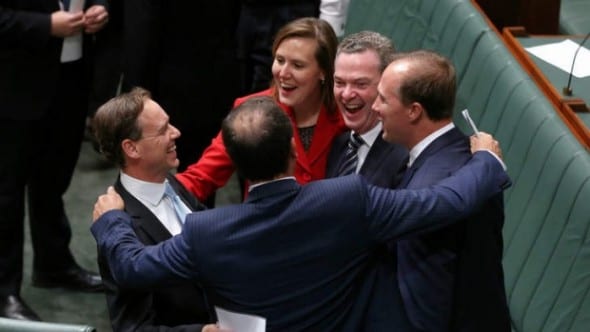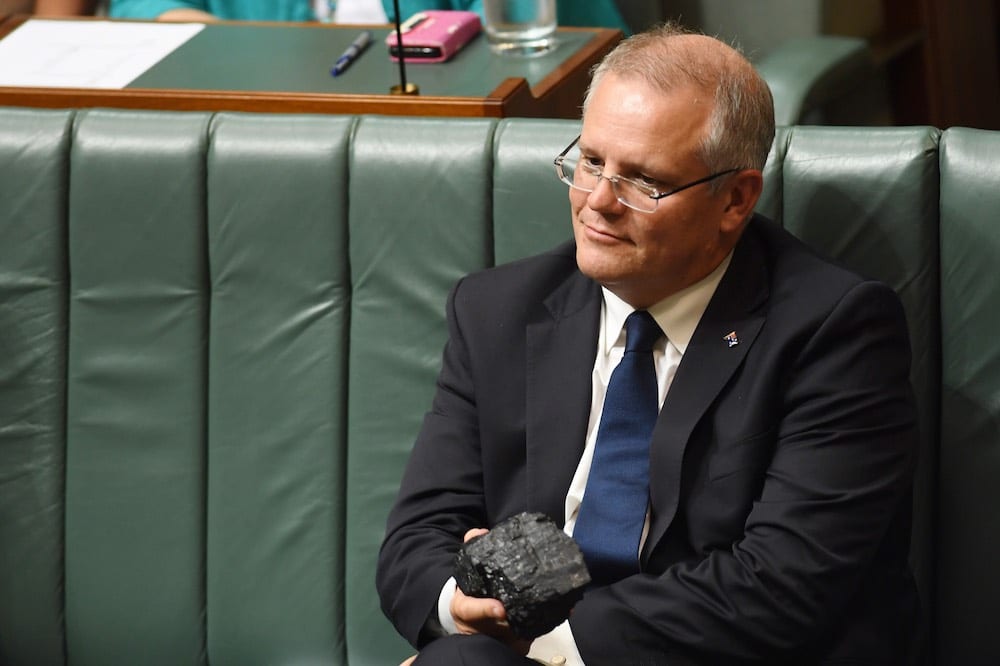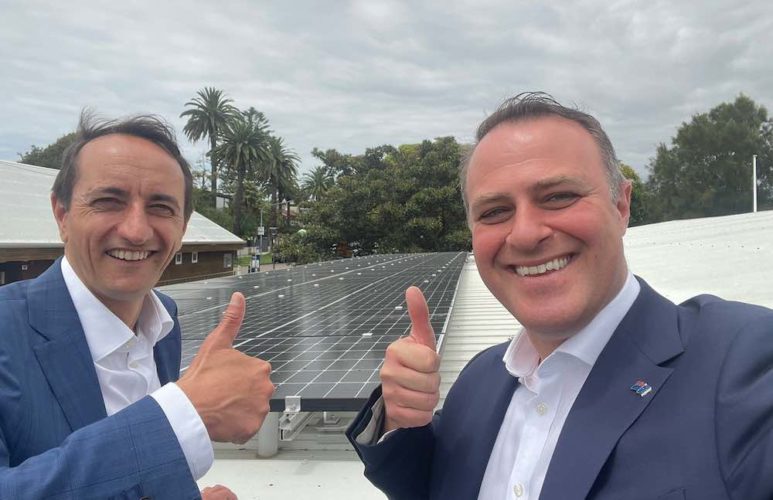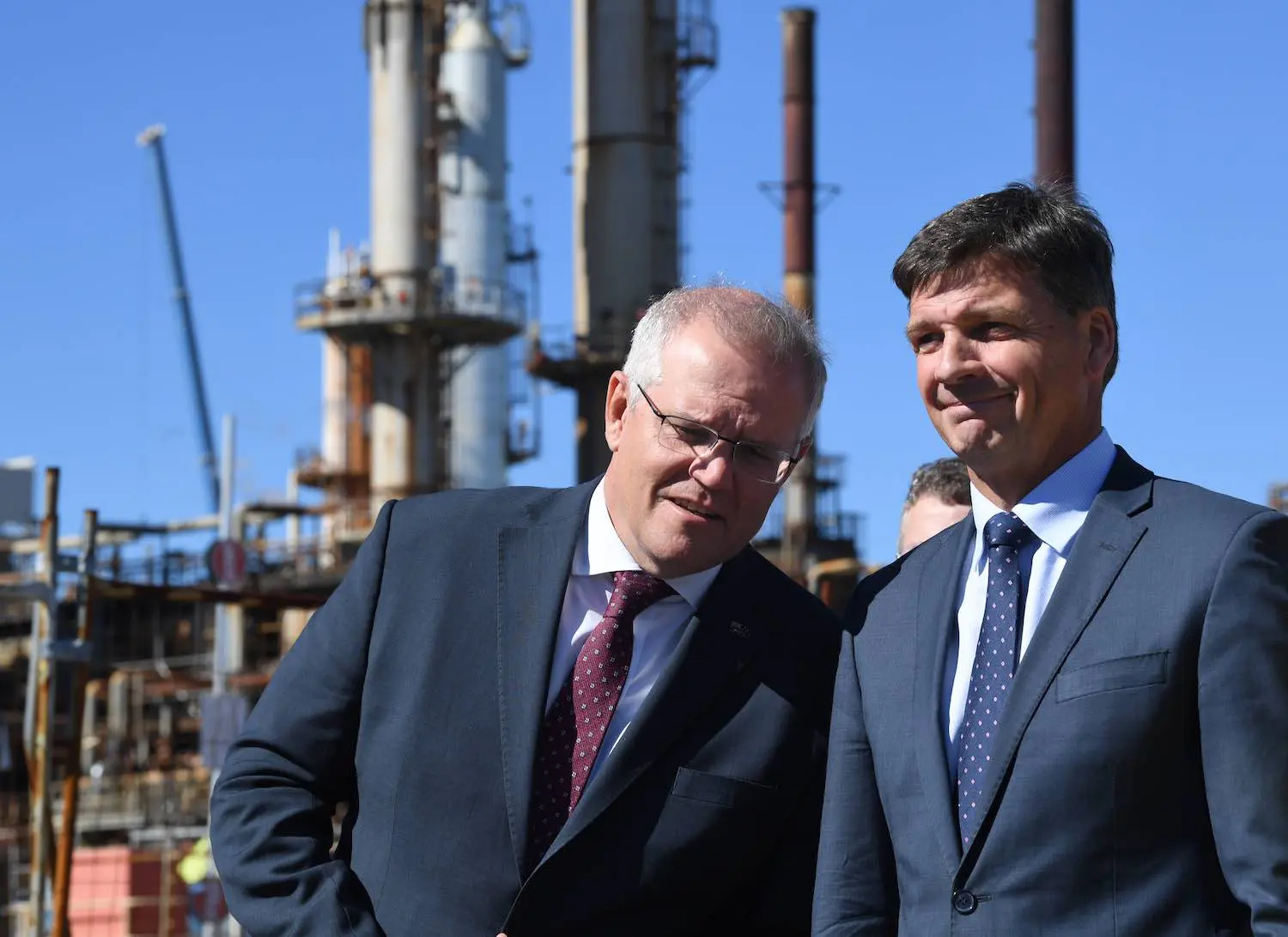We are poised, finally, to enter the formal part of the campaign to elect a new federal government for Australia, with prime minister Scott Morrison expected to announce a poll date in May this weekend.
Every election is billed as more critical than the ones that preceded it. But it does seem very true now. Scientists could not have made their point any clearer this week when they said it was “now or never” for action on climate if we wanted to protect a “liveable planet.”
As the scientists and nearly every energy expert have also made clear, we already have the tools at our disposal for a quick and dramatic cut in emissions – wind and solar and with associated technologies such as storage, green hydrogen and electric vehicles.
What we desperately need is a will to do so, and a federal government that openly embraces these opportunities, and is prepared to employ them.
A starting point – to inspire Australians and attract some of the trillions sloshing around the world looking for green investments – would be a government that actually says it likes these new technologies. For the past nine years we have had the exact opposite.

Who could forget the images that accompanied the moment that former price minister Tony Abbott abolished the carbon price, with Coalition ministers laughing and hugging at that devastating act of political bastardry?
Abbott didn’t want to stop there. He then sought to scupper key climate and renewables institutions, and the renewable energy target itself, engineering a three-year long investment drought and throttling the roll out of new wind and solar projects.
Malcolm Turnbull was unable to effect major change, thanks to the climate deniers in the hard right rump of the party, apart from setting in train Snowy 2.0, a multi-billion dollar investment that is still questioned on economic and environmental grounds.

Under Scott Morrison things have gotten worse than under Abbott, if that is at all possible. He appointed an anti-wind campaigner to be energy minister, and brandished a lump of coal in parliament, telling people they should not be afraid, it’s only coal.
Worse, he mocked big batteries and ridiculed electric vehicles. Australians wanting to buy EVs and wondering why they can’t obtain any can look back at those moments of idiocy and outright lies. He basically told the world’s EV makers to piss off, just as the Coalition had previously said to car makers.
Gallingly, Morrison’s government has in recent months spent tens of millions of dollars in a last minute advertising campaign hailing the success of a renewables transition that they tried to stop, but ultimately couldn’t.
There’s not a wind farm to be seen in these ads, and if the Coalition was that proud of those achievements, why is it there is no evidence of any Coalition minister being photographed next to the dozens of new wind and solar farms and battery storage installations they seek to claim credit for.
(The one exception is when Scott Morrison visited Andrew Forrest’s Pilbara mining operations and hoped to be photographed standing next to a big mine and a big truck. Forrest deftly guided the minister to the firm’s newly built solar farm. Morrison then talked to the press without once mentioning the technology).
The one exception might be Tim Wilson, who was policy director at the Institute of Public Affairs when it published the 75-point IPA wish list that formed the basis of Coalition policy. Its aim was to demolish key institutions and create a free for all for big business and big polluters.

Laughably, Wilson is now supporting Angus Taylor, the former anti-wind campaigner, as assistant minister for energy and emissions reduction. He has published photos of himself and solar arrays at yacht clubs, part of the government’s support for “community” projects.
This is not about political ideology, because we have seen the Coalition governments in NSW and South Australia openly embrace renewables, batteries and EVs. NSW energy minister Matt Kean owns an EV, and proudly so.
Kean is implementing what is possibly the most ambitious transition program from coal to renewables in the world. South Australia’s now defeated Liberal government openly embraced its own state’s world-leading shift to wind and solar, which is already tracking at around 64 per cent renewables.
The federal Coalition’s refusal to do the same, and its focus on technology scare campaigns rather than support, is because its agenda has been hijacked by the far right and the fossil fuel industries that fund it. And because it is running scared from the Murdoch media.
Labor, hopefully, won’t be staying stupid things about EVs and batteries, and won’t be shy about photo opportunities.
Its energy spokesman Chris Bowen actually owns an EV and was happy to jump aboard an electric truck visiting parliament house last week when the Coalition refused.
Because it’s not scared of the future, Labor has a half decent policy map. Its short term target for emissions is significantly better than the Coalition’s, and it has ambitious assumptions about the share of renewables in the grid by 2030.
It also has a coherent plan for electric vehicles, is creating a $20 billion fund to help build critical infrastructure, and its initiatives like its community battery scheme are pretty smart.
Of course, it needs to go harder than that. The scientists make that abundantly clear. Labor’s 43 per cent emissions target by 2030, downgraded from the last election so as not to upset the political apple cart, is clearly insufficient for efforts to cap global warming at less than 1.5°C.
Australians know they can, and must, do better. There’s an environmental and an economic imperative to do so. That is what makes this election, and the emergence of so-called climate independents, so crucial.
Greens leader Adam Bandt said at a recent candidate launch that “it feels like 2010”, the year when the Gillard government had to learn to deal with the Greens and the “country independents”, and was pushed into negotiations that actually produced excellent policy.
The Greens look likely to build their Senate population to 12 seats this time round, which will be a formidable block. But it will be the lower house that will be more decisive, and this is where the climate independents, running in so many Coalition seats, could tilt the balance.
Whatever the formation of the new government – assuming that Morrison does not pull off another minor miracle from a disaffected voting base – having someone in power that actually wants the green energy transition, rather than propping up coal and gas, will be a major step forward. It’s an opportunity the country can’t afford to miss.










